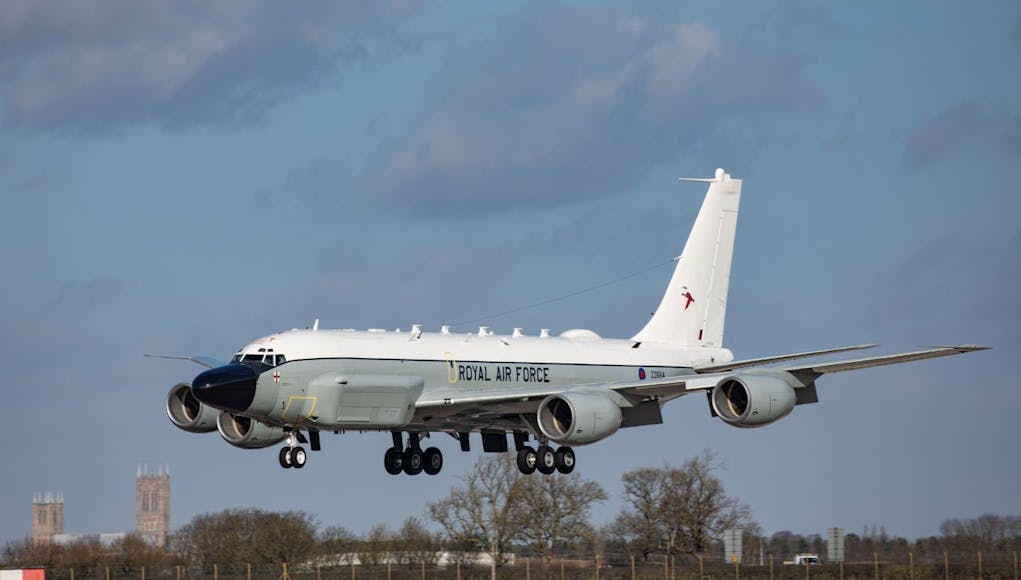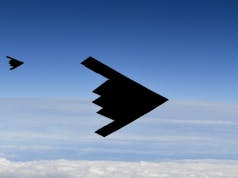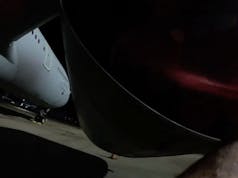An RC-135 Rivet Joint ‘signals intelligence’ surveillance aircraft has been patrolling close to the Russian border near Kaliningrad.
The RC-135W Rivet Joint and its sensors are designed to undertake ‘signals intelligence’ missions, in other words they ‘soak up’ electronic emissions from communications, radars and other systems.
This comes not long after British RC-135 and Sentinel surveillance aircraft were operating over Black Sea, this heavy usage demonstrates the apparent utility these aircraft have to the Ministry of Defence.
What does the RC-135W do?
According to the Royal Air Force website, the RC-135W Rivet Joint is a dedicated electronic surveillance aircraft that can be employed in all theatres on strategic and tactical missions. Its sensors ‘soak up’ electronic emissions from communications, radar and other systems.
“RC-135W Rivet Joint employs multidiscipline Weapons System Officer (WSO) and Weapons System Operator (WSOp) specialists whose mission is to survey elements of the electromagnetic spectrum in order to derive intelligence for commanders.”
The Royal Air Force say that Rivet Joint has been deployed extensively for Operation Shader and on other operational taskings. It had been formally named Airseeker, but is almost universally known in service as the RC-135W Rivet Joint.
The UK operates three of these aircraft.













Its important specialist assets like this that many people forget, or have no clue, we have. We have many niche capabilites, second only to the US within NATO, that our allies want and utilise. However, we do seem to be stripping pretty much everything else to the bone, and whatever tech we have, or want, there will always be a minimum number, of any asset, which we cannot ever go below. We are there, right now, at that point.
I suspect that with many, we are already past that point mate…
As Daniele said mate yep you are sadly correct, not much else to give or get rid.
Passed the bone years ago mate. Deep into the marrow now.
Sad to say Daniele you are probably right on this is usual mate! Nothing else left to cut, remove or strip!
I fear it will take a incident that shows are armed forces lack of numbers in everything will come ,it already did in Afghanistan by only managing 10,000 troops to be deployed and sustained .
And 10,000 would be a push today Dave.
That’s the rub with Afghanistan, so much equipment and skills were lost during the war on Terror, as peer warfare was apparently a ‘thing of the past’.
I remember all the so called experts saying that expensive projects like the Carriers and Typhoon were obsolete today, as we need to defend against terrorism, arguing their incredibly shortsighted approach of low tech counter insurgency and terrorism spending.
20 years later, we swing 180 degrees and it’s all about peer warfare again!
New Labour got the wrecking Ball going, but the 2010 Con/Lib government, left us in a perilous state.
Thank god Cameron was stopped from cancelling PoW and probably selling off QE, if he had remained in power, I have no doubt he would have.
If he had his way, the RN would have been totally gutted and struggling to find a purpose today.
I still find his utterly reckless and dangerous Defence cuts really quite incredible.
Yep spot on I think its criminal
Thanks for the comprehensive information! Greetings from Havana Cuba.